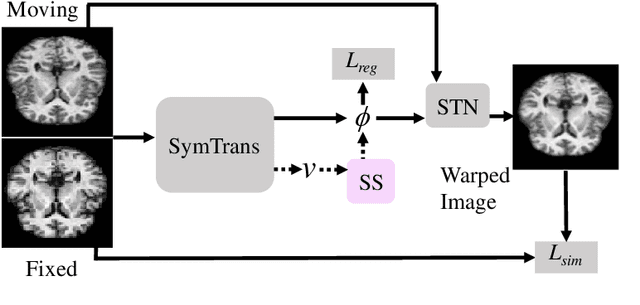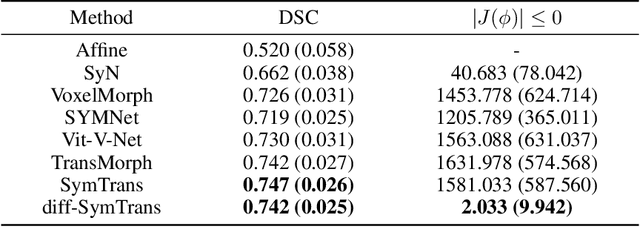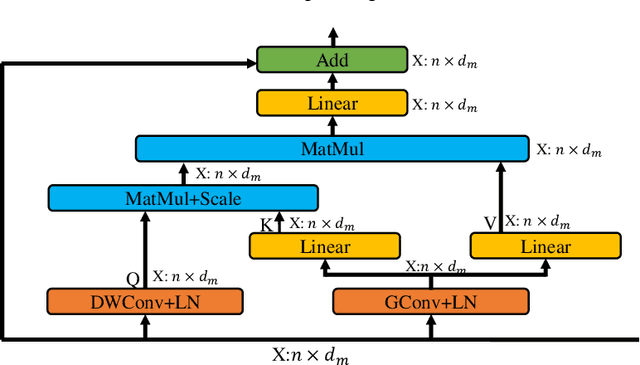Guixia Liu
Joint AoI and Handover Optimization in Space-Air-Ground Integrated Network
Sep 16, 2025Abstract:Despite the widespread deployment of terrestrial networks, providing reliable communication services to remote areas and maintaining connectivity during emergencies remains challenging. Low Earth orbit (LEO) satellite constellations offer promising solutions with their global coverage capabilities and reduced latency, yet struggle with intermittent coverage and limited communication windows due to orbital dynamics. This paper introduces an age of information (AoI)-aware space-air-ground integrated network (SAGIN) architecture that leverages a high-altitude platform (HAP) as intelligent relay between the LEO satellites and ground terminals. Our three-layer design employs hybrid free-space optical (FSO) links for high-capacity satellite-to-HAP communication and reliable radio frequency (RF) links for HAP-to-ground transmission, and thus addressing the temporal discontinuity in LEO satellite coverage while serving diverse user priorities. Specifically, we formulate a joint optimization problem to simultaneously minimize the AoI and satellite handover frequency through optimal transmit power distribution and satellite selection decisions. This highly dynamic, non-convex problem with time-coupled constraints presents significant computational challenges for traditional approaches. To address these difficulties, we propose a novel diffusion model (DM)-enhanced dueling double deep Q-network with action decomposition and state transformer encoder (DD3QN-AS) algorithm that incorporates transformer-based temporal feature extraction and employs a DM-based latent prompt generative module to refine state-action representations through conditional denoising. Simulation results highlight the superior performance of the proposed approach compared with policy-based methods and some other deep reinforcement learning (DRL) benchmarks.
AoI-Sensitive Data Forwarding with Distributed Beamforming in UAV-Assisted IoT
Feb 13, 2025Abstract:This paper proposes a UAV-assisted forwarding system based on distributed beamforming to enhance age of information (AoI) in Internet of Things (IoT). Specifically, UAVs collect and relay data between sensor nodes (SNs) and the remote base station (BS). However, flight delays increase the AoI and degrade the network performance. To mitigate this, we adopt distributed beamforming to extend the communication range, reduce the flight frequency and ensure the continuous data relay and efficient energy utilization. Then, we formulate an optimization problem to minimize AoI and UAV energy consumption, by jointly optimizing the UAV trajectories and communication schedules. The problem is non-convex and with high dynamic, and thus we propose a deep reinforcement learning (DRL)-based algorithm to solve the problem, thereby enhancing the stability and accelerate convergence speed. Simulation results show that the proposed algorithm effectively addresses the problem and outperforms other benchmark algorithms.
RFR-WWANet: Weighted Window Attention-Based Recovery Feature Resolution Network for Unsupervised Image Registration
May 07, 2023Abstract:The Swin transformer has recently attracted attention in medical image analysis due to its computational efficiency and long-range modeling capability, which enables the establishment of more distant relationships between corresponding voxels. However, transformer-based models split images into tokens, which results in transformers that can only model and output coarse-grained spatial information representations. To address this issue, we propose Recovery Feature Resolution Network (RFRNet), which enables the transformer to contribute with fine-grained spatial information and rich semantic correspondences. Furthermore, shifted window partitioning operations are inflexible, indicating that they cannot perceive the semantic information over uncertain distances and automatically bridge the global connections between windows. Therefore, we present a Weighted Window Attention (WWA) to automatically build global interactions between windows after the regular and cyclic shifted window partitioning operations for Swin transformer blocks. The proposed unsupervised deformable image registration model, named RFR-WWANet, senses the long-range correlations, thereby facilitating meaningful semantic relevance of anatomical structures. Qualitative and quantitative results show that RFR-WWANet achieves significant performance improvements over baseline methods. Ablation experiments demonstrate the effectiveness of the RFRNet and WWA designs.
Symmetric Transformer-based Network for Unsupervised Image Registration
Apr 28, 2022



Abstract:Medical image registration is a fundamental and critical task in medical image analysis. With the rapid development of deep learning, convolutional neural networks (CNN) have dominated the medical image registration field. Due to the disadvantage of the local receptive field of CNN, some recent registration methods have focused on using transformers for non-local registration. However, the standard Transformer has a vast number of parameters and high computational complexity, which causes Transformer can only be applied at the bottom of the registration models. As a result, only coarse information is available at the lowest resolution, limiting the contribution of Transformer in their models. To address these challenges, we propose a convolution-based efficient multi-head self-attention (CEMSA) block, which reduces the parameters of the traditional Transformer and captures local spatial context information for reducing semantic ambiguity in the attention mechanism. Based on the proposed CEMSA, we present a novel Symmetric Transformer-based model (SymTrans). SymTrans employs the Transformer blocks in the encoder and the decoder respectively to model the long-range spatial cross-image relevance. We apply SymTrans to the displacement field and diffeomorphic registration. Experimental results show that our proposed method achieves state-of-the-art performance in image registration. Our code is publicly available at \url{https://github.com/MingR-Ma/SymTrans}.
 Add to Chrome
Add to Chrome Add to Firefox
Add to Firefox Add to Edge
Add to Edge